How to Remove a Hook From a Fish Without Injury
Fishing is not only a popular recreational activity but also an important source of food for many people worldwide. However, with the joy of catching fish comes the responsibility of handling them properly, especially when it comes to hook removal. Whether you’re practicing catch-and-release or keeping your catch, knowing how to remove a hook safely minimizes stress and injury to the fish, increasing its chances of survival if released. This comprehensive guide will walk you through various techniques, tools, and best practices to ensure both you and the fish remain unharmed during the hook removal process.
Understanding Why Proper Hook Removal Matters

Proper hook removal is crucial for the welfare of fish and the sustainability of fishing as a whole. When hooks are removed incorrectly, they can cause severe damage to a fish’s mouth, gills, or internal organs, significantly reducing its chance of survival when released. Research shows that fish released with minimal injury have survival rates exceeding 90%, while those with severe hook injuries may face mortality rates of 50% or higher. Additionally, careful hook removal reduces the risk of cuts and puncture wounds to the angler. By mastering proper hook removal techniques, you’re contributing to conservation efforts and practicing ethical angling, ensuring future generations can enjoy fishing just as much as we do today.
Essential Tools for Safe Hook Removal
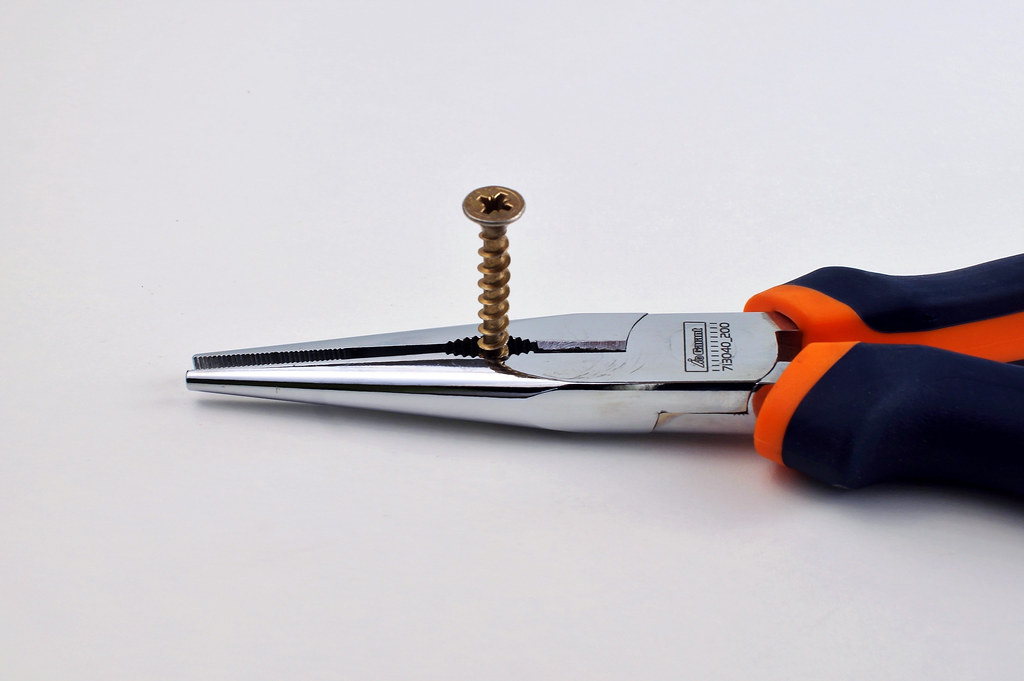
Having the right tools on hand makes hook removal safer and more efficient for both you and the fish. A quality pair of long-nose pliers or hemostats (surgical clamps) are indispensable for reaching and manipulating hooks, especially those set deeper in the fish’s mouth. Specialized hook removers like disgorgers or hook-outs offer additional precision for challenging situations. Wire cutters or strong scissors should be part of your kit to cut hooks when necessary. Rubber or silicone fish grips can help you handle the fish securely without damaging its protective slime coat. Finally, keep a small towel or wet gloves nearby to provide better grip while handling slippery fish. Investing in these basic tools will dramatically improve your hook removal success and reduce stress on the fish.
Preparing for Hook Removal
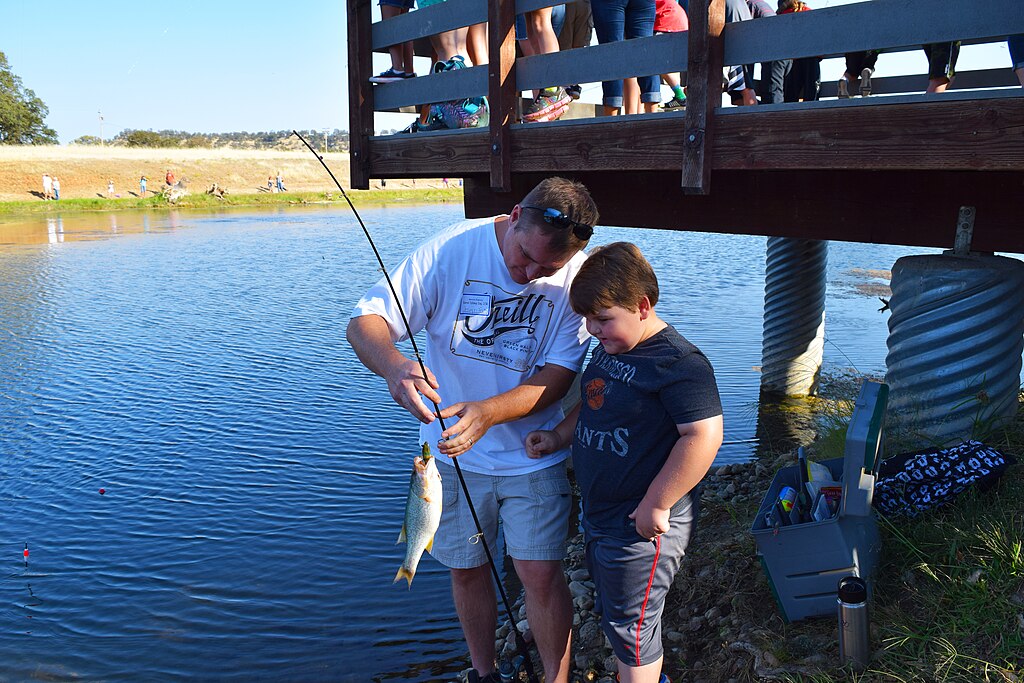
Before attempting to remove a hook, proper preparation is essential to ensure a smooth process. First, wet your hands thoroughly to protect the fish’s slime coat, which serves as its first line of defense against parasites and infections. If possible, keep the fish in the water during hook removal, especially for catch-and-release fishing. For larger fish that need to be removed from water, use a wet landing net or unhooking mat to minimize damage to their scales and skin. Have all your tools readily accessible so you can work quickly and efficiently. Lastly, take a moment to assess the hook’s position before proceeding—this quick evaluation will help you determine the best removal technique and anticipate any potential complications.
The Back-Out Method for Lip-Hooked Fish

The back-out method is ideal for fish hooked in the lip or mouth area, which fortunately represents the majority of catches. To employ this technique, grasp the fish securely but gently with your non-dominant hand, being careful not to squeeze too tightly. With your other hand, grip the bend of the hook using pliers or hemostats, positioning them so they follow the curve of the hook. Push down slightly on the eye of the hook (the part where the line attaches) to disengage the barb, then rotate the hook in the opposite direction from which it entered, effectively backing it out along its original path. This method works particularly well with single hooks and causes minimal additional tissue damage when executed correctly. For especially delicate fish species, consider using barbless hooks which can be removed with this method in seconds.
Using Pliers for Deeper Mouth Hooks

When hooks are set deeper in the fish’s mouth but still visible, long-nose pliers or hemostats become invaluable tools for safe removal. Open the fish’s mouth gently, using your thumb and forefinger to hold it steady without applying excessive pressure to the gills or eyes. If needed, use a headlamp or flashlight to improve visibility inside the mouth. Carefully insert your pliers and firmly grasp the bend of the hook, not the eye or shank. Push the hook slightly toward the point of entry to disengage the barb from the tissue, then rotate it back through the same path it entered. For hooks lodged near the roof of the mouth, you may need to twist your wrist at an angle to match the hook’s position. Always work deliberately but quickly to minimize the fish’s time out of water or with its mouth held open.
Dealing with Throat or Gill Hooks
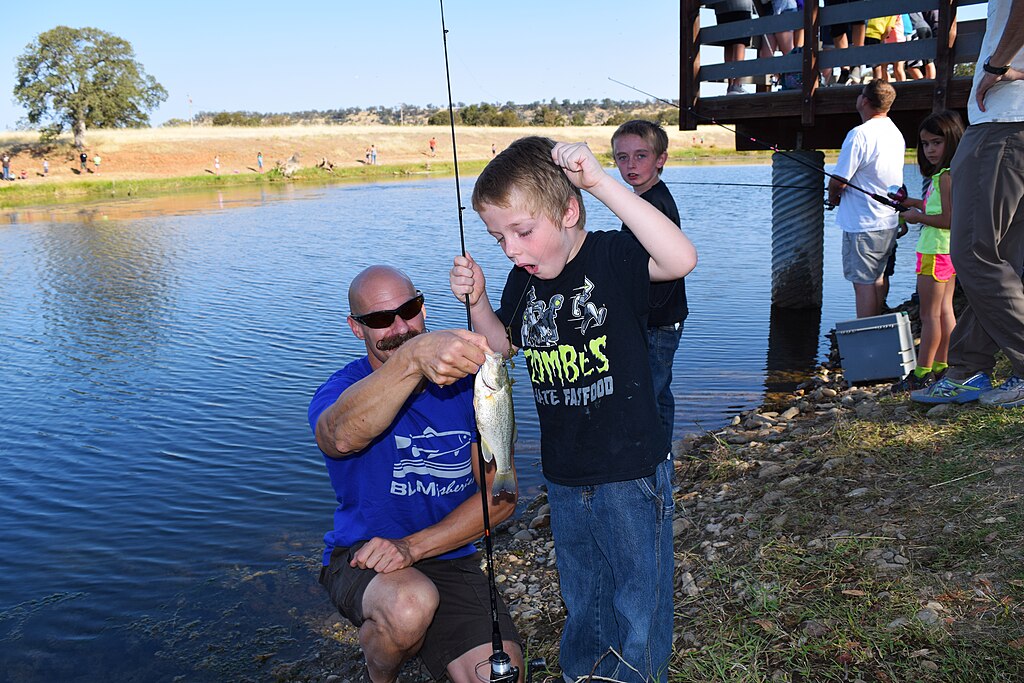
Hooks lodged in a fish’s throat or gill area require extra caution and different techniques to prevent serious injury. If you can see the hook but can’t easily reach it with standard pliers, a specialized hook disgorger or hook-out tool can help you maintain the correct angle for removal. Insert the disgorger along the fishing line until it reaches the hook, then apply gentle pressure to free the barb and back the hook out. If the hook is deeply embedded or removal attempts are causing bleeding, it’s often better to cut the line as close to the hook as possible and leave the hook in place. Research shows that many fish can expel hooks naturally or encapsulate them without long-term harm, while forceful removal of deep hooks can cause fatal damage. For valuable game fish or protected species, prioritize the fish’s survival over retrieving your hook.
The Cut-and-Remove Technique for Difficult Situations

Sometimes a hook is positioned in such a way that standard removal methods would cause unacceptable damage to the fish. In these cases, the cut-and-remove technique offers a safer alternative. Using wire cutters or strong scissors, cut the hook at its bend, creating two separate pieces—the point with barb and the eye with shank. Once cut, each piece can be removed separately with much less tissue damage than removing the intact hook. This technique is particularly useful for treble hooks or hooks that have penetrated completely through a thin piece of tissue, creating a situation where backing out is impossible. When dealing with larger hooks or those made of hardened steel, you may need heavy-duty cutters specifically designed for fishing applications. While you’ll lose the hook, the fish’s wellbeing should always take priority over saving tackle.
Handling Barbed vs. Barbless Hooks

The presence or absence of a barb on your hook significantly impacts the removal process and potential injury to the fish. Barbed hooks, which feature a small projection that prevents the hook from backing out easily, require more careful manipulation during removal. To remove a barbed hook, you’ll need to create enough space to allow the barb to pass back through the tissue without causing additional tearing—this often means pushing the hook slightly further in before backing it out. In contrast, barbless hooks or those with crimped barbs slide out much more easily, causing minimal trauma to the fish’s tissues. Many conservation-minded anglers have switched entirely to barbless hooks, which studies show can reduce unhooking time by up to 60% while significantly increasing post-release survival rates. If you frequently practice catch-and-release fishing, consider crimping the barbs on your hooks with pliers before fishing or purchasing barbless hooks.
Special Considerations for Different Fish Species
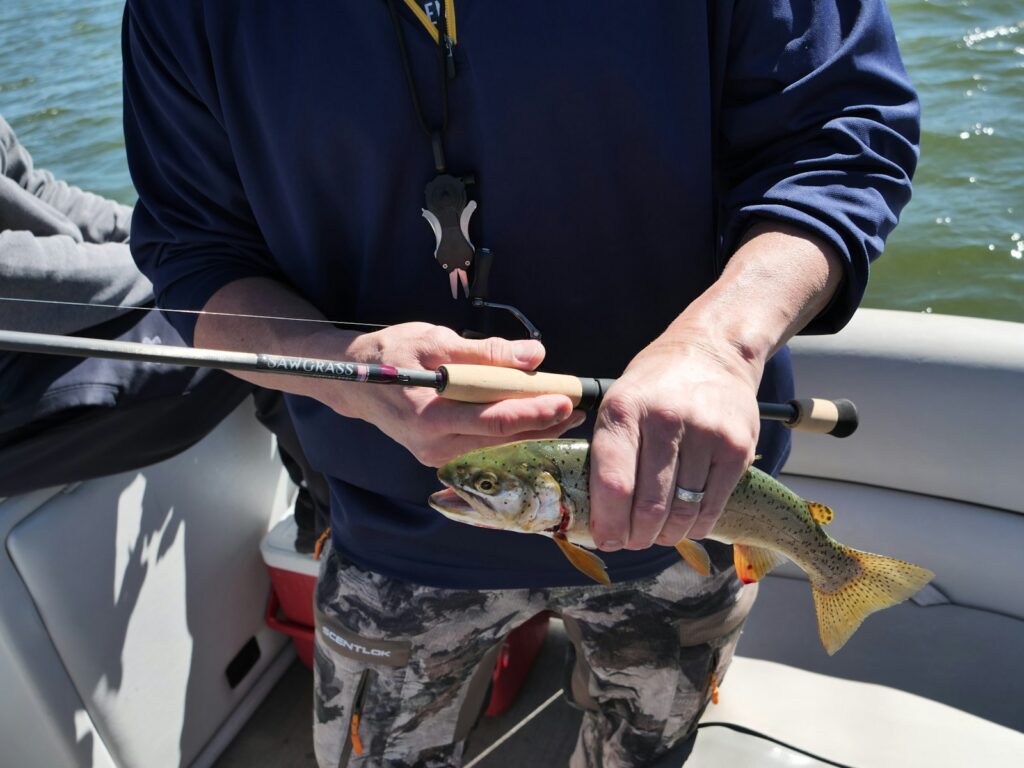
Different fish species require adapted approaches to hook removal based on their unique anatomy and fragility. Trout and other salmonids have delicate mouths that tear easily, so use extreme gentleness and consider rubber-coated tools when removing hooks from these species. Bass and other sunfish have firmer mouth structures but should still be handled with wet hands to protect their slime coat. For toothy species like pike, muskie, or walleye, long-nosed pliers are essential to keep your fingers safe from their sharp teeth. Species with very small mouths, such as panfish, often benefit from specialized micro hook removers that can navigate tight spaces. Sharks and other cartilaginous fish should never be lifted by their gill slits, and hooks should be removed while keeping them in the water whenever possible. Research the specific handling requirements for your target species before your fishing trip to ensure you’re prepared for proper hook removal.
Removing Hooks from Yourself or Another Angler

Occasionally, hooks find their way into human skin rather than fish—an unfortunate but not uncommon fishing mishap. If the hook has only slightly penetrated the skin and the barb hasn’t embedded, you may be able to back it out carefully. However, if the barb has set, the push-through method is often recommended by medical professionals. This involves pushing the hook forward until the barb emerges through the skin, cutting off the barb with wire cutters, and then backing the remainder of the hook out. For hooks in sensitive areas like the face, near joints, or deeply embedded hooks, it’s best to seek medical attention rather than attempting self-removal. Always carry a well-stocked first aid kit while fishing that includes antiseptic, bandages, and tools for hook removal. Prevention remains the best approach—wearing protective gloves and being mindful when casting or handling rigged rods can significantly reduce the risk of hook injuries.
Catch and Release Best Practices
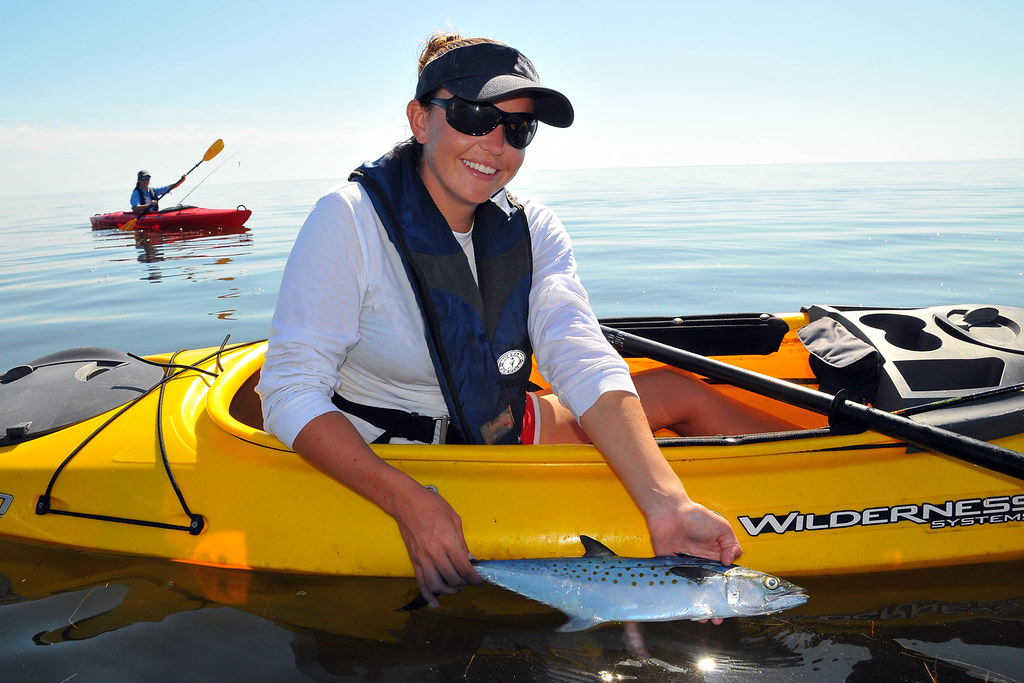
When practicing catch and release, proper hook removal is just one part of a larger process designed to ensure fish survival. Minimize the fish’s time out of water—ideally keeping it submerged during hook removal or limiting air exposure to less than 30 seconds. Use appropriate tackle that allows for quicker fights, as exhausted fish have lower survival rates even with perfect hook removal. Consider using circle hooks, which typically hook fish in the corner of the mouth rather than deep in the throat, making removal easier and less damaging. Handle the fish with wet hands or wet gloves to protect its slime coat, and support its weight horizontally rather than holding it vertically by the jaw, which can damage internal organs. After hook removal, allow the fish to recover in the water by holding it gently facing into the current until it swims away under its own power. These practices, combined with careful hook removal, can result in post-release survival rates exceeding 95% for many species.
Teaching Children Safe Hook Removal
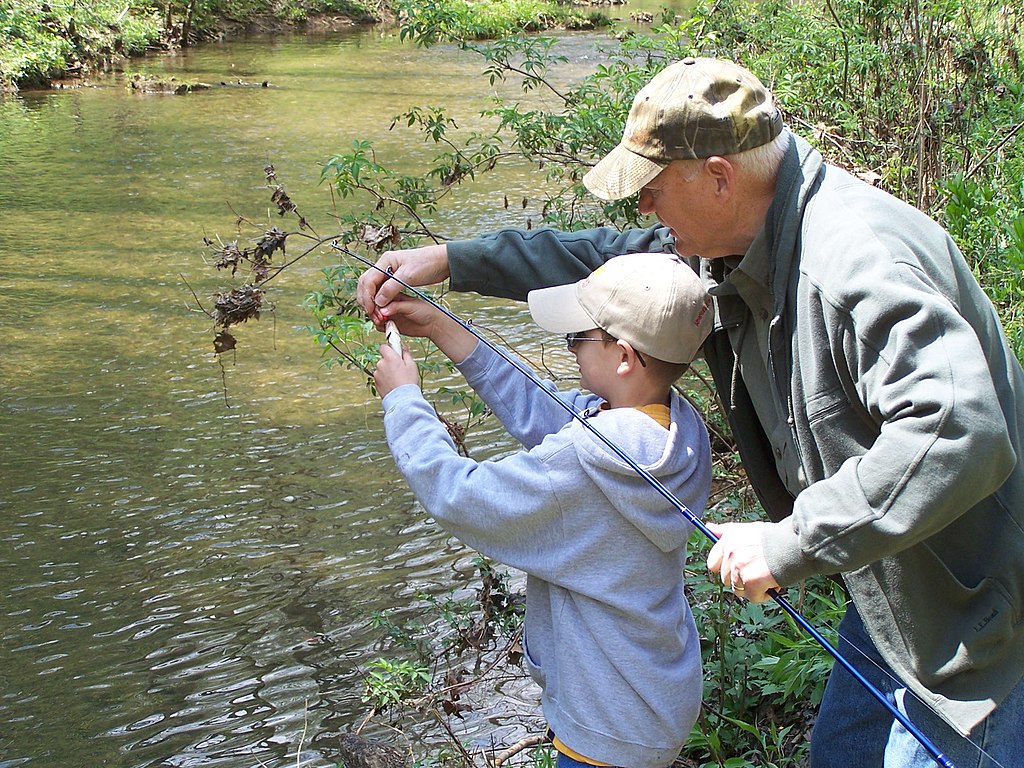
Introducing children to fishing includes the responsibility of teaching them proper hook removal techniques from the beginning. Start by demonstrating the process on several fish yourself, narrating each step clearly so they understand the reasoning behind your actions. For younger children, initially limit their participation to observing or perhaps holding tools, gradually increasing their involvement as they demonstrate readiness. Emphasize the importance of wet hands and gentle handling, concepts that are easily grasped even by young anglers. Consider using barbless hooks exclusively when fishing with children, as these dramatically simplify the removal process and reduce the risk of injury to both fish and young anglers. Create a positive association by praising careful handling and proper technique rather than focusing solely on the catch itself. Teaching children to respect fish through proper handling establishes conservation values that will serve them throughout their fishing lives.
When to Seek Professional Help

Despite your best efforts, there may be situations where hook removal becomes too challenging or risky to attempt yourself. If a hook is deeply embedded in a fish’s throat, gill arches, or eye, and bleeding has started, cutting the line close to the hook often gives the fish a better chance of survival than prolonged removal attempts. For valuable trophy fish or rare species, consider contacting local wildlife authorities or fisheries biologists who have specialized tools and expertise for difficult hook removals. For hooks embedded in humans, seek medical attention if the hook is near an eye, deeply embedded in a joint, or if the injured person shows signs of infection like increasing pain, redness, or swelling. Some fishing guides and charter captains have extensive experience with hook removal and can provide assistance in difficult situations. Remember that knowing when not to attempt hook removal can be just as important as knowing how to do it properly.
Mastering the art of hook removal is an essential skill for any responsible angler. By using the right tools and techniques, you can minimize harm to fish while protecting yourself from injury. Whether you’re a catch-and-release enthusiast or someone who fishes for food, the methods outlined in this guide will help ensure that your fishing practices remain sustainable and ethical. Remember that each fish handling experience is an opportunity to improve your skills and contribute to conservation efforts. With practice, patience, and the right approach, hook removal can become a seamless part of your fishing routine, allowing both you and the fish to have the best possible experience on the water.
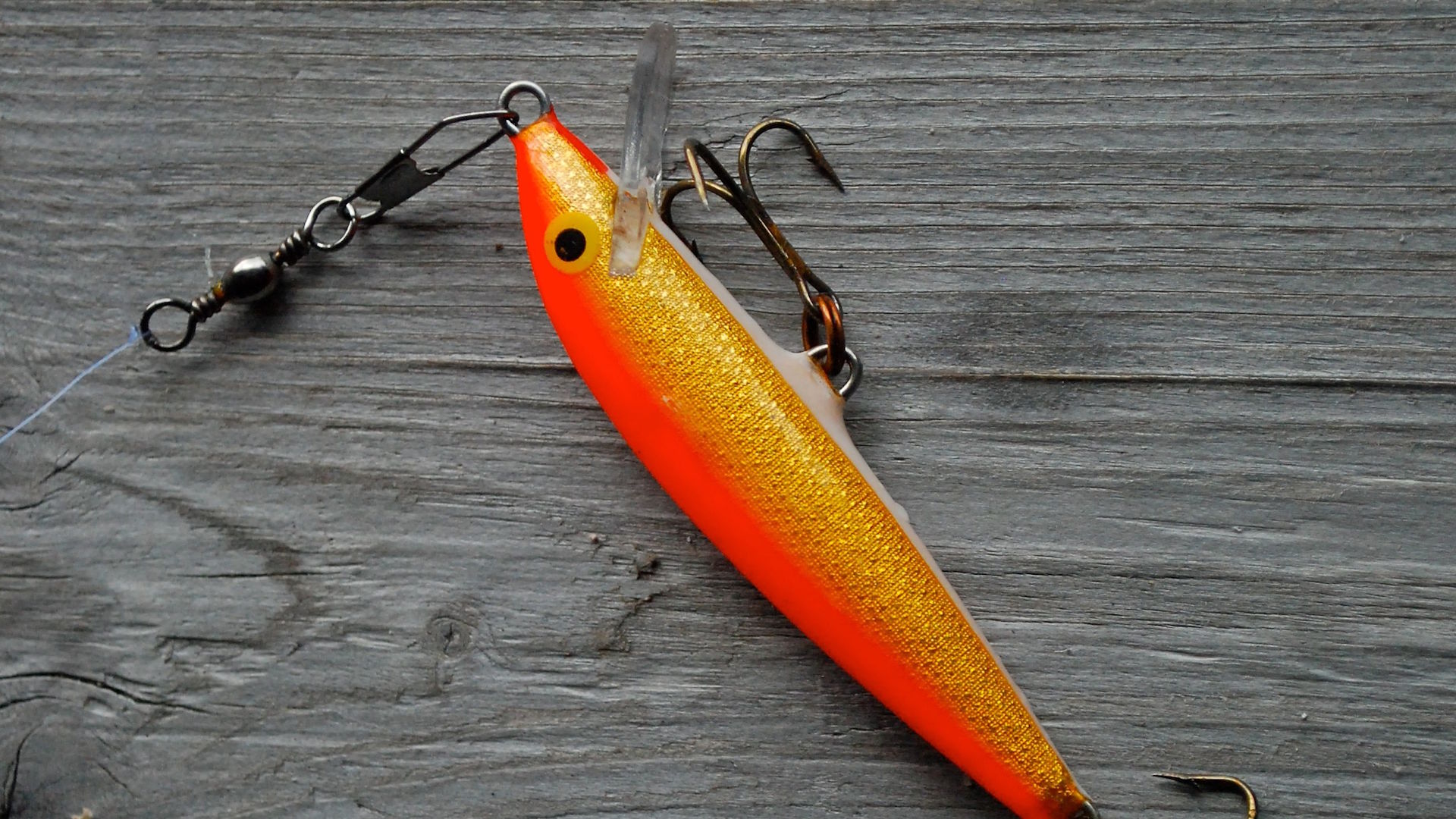

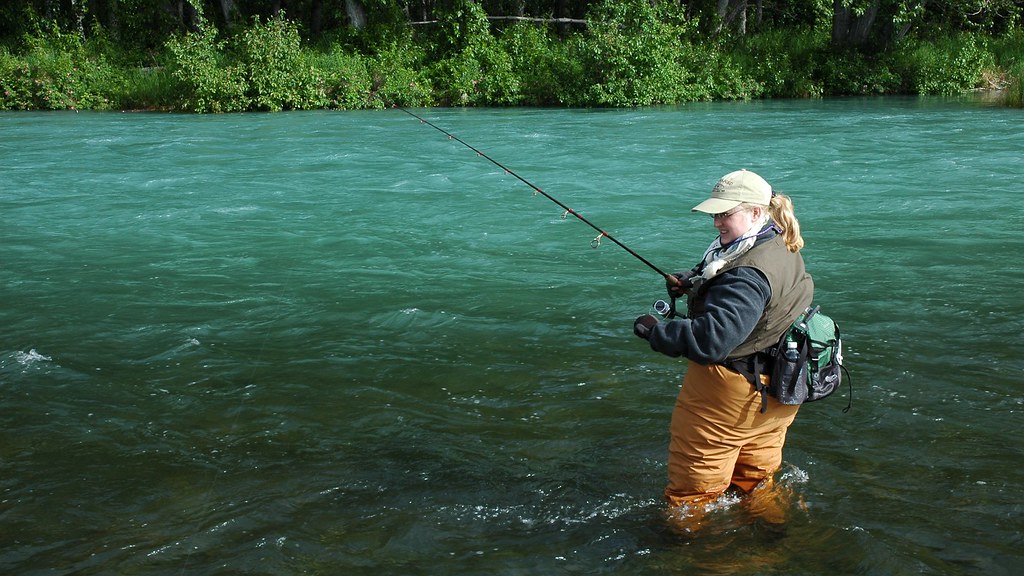











Post Comment